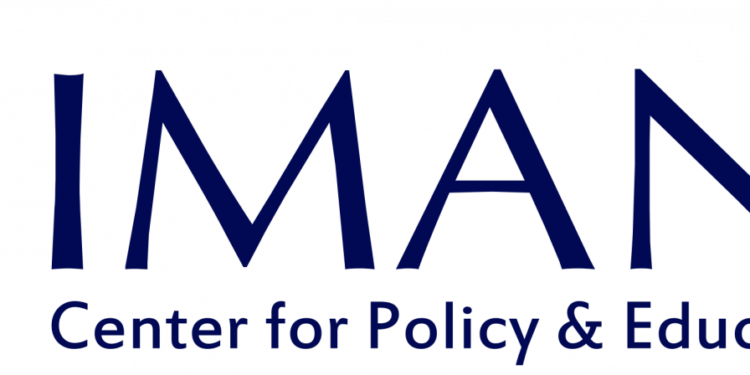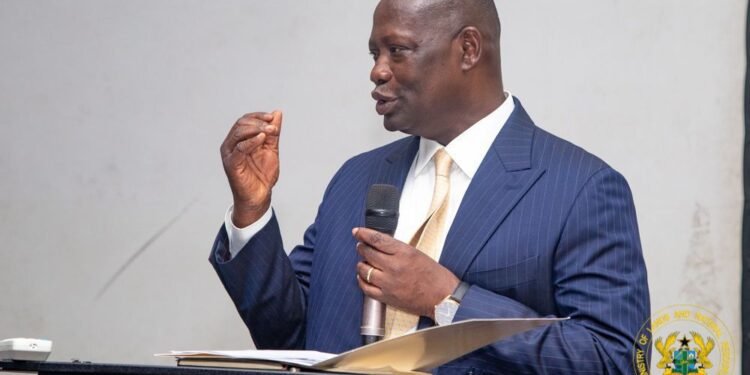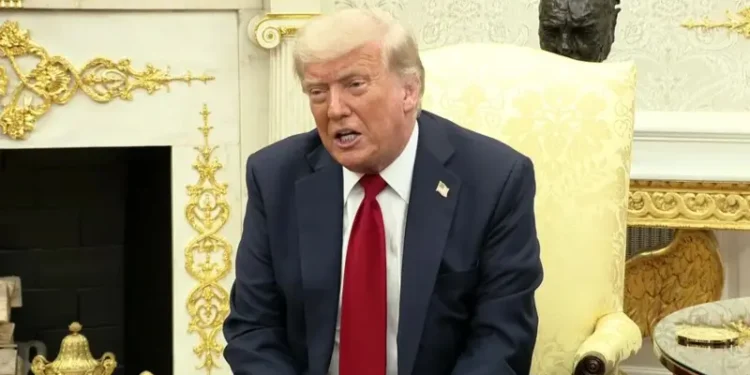The Bank of Ghana, in March 2020 reduced the monetary policy rate by 150 basis points from 16.0 percent to 14.5 percent in response to the debilitating effects of the COVID-19 pandemic. The rate cut eased average lending rates of banks to 21.3 percent from 24.0 percent as at November 2020. However, businesses are still decrying high lending rates of banks, and therefore seek further decline in the policy rate.
For the past three years, the Central Bank has consistently revised the policy rate downwards to its current rate of 14.5 percent (2018- 17%, 2019- 16%, 2020- 14.5%). Although, the Central Bank sacrificed monetary policy— for this current rate, obviously because of COVID. But, not so for the policy rate cuts for the last two years which had been underpinned by adherence to developments of macroeconomic indicators.
However, in recent times, the Association of Ghanaian Industries (AGI), Ghana Union of Traders Association (GUTA), have been the most vocal in their request for a reduction in the monetary policy rate by the Central Bank. High cost of credit ranks among the top concerns of businesses and thus, are keenly anticipating the outcome of the Monetary Policy Committee Meeting.
The members of the Bank of Ghana’s Monetary Policy Committee (MPC) will from January 26 to January 29 hold their first Monetary Policy Committee meeting for 2021, and announce the outcome on the February 1, 2021.
Contentions are that, the cut in policy rate does not reflect in the cost of credit which continue to remain stubbornly high and are thus, affecting investments and business growth. Probably, nobody has a better appreciation of the effects of high interest rates than businesses in the industries who are at the forefront of production and traders in the country who play a major role in the production chain.
Speaking in an interview with the Vaultz News, Prof Gatsi, hinted that calls for the Central Bank to cut the policy rate alone— the rate at which Commercial banks borrow from the Central Bank, is not enough to reduce banks’ lending rate.

“…We reduced the policy rate in COVID period but how much interest rate cut is being experienced. So, the MPR reduction alone is not enough to reduce the interest rate or the lending rate.
“We will need to do a lot more of work, how much money do we have in circulation in the banking system itself? That is also a determinant and what is the cost of access to those funds for the banks to actually circulate?
“All those things are key factors that one will have to consider and for that matter, the risk profile within a particular country is also a key thing that we have to look at.
“So, my expectation will be to tackle the indicators that will cause you to reduce the interest rate or to increase interest rate. If you are able to deal with those indicators, then you will have your way clear as to whether going forward, interest rate in terms of lending rates will go down.”
Essentially, high interest rates reduce the incentive to invest and thereby slow down not only business growth but also economic growth. If interest rates, and the cost of credit, are brought down significantly, Ghana would be able to attract higher levels of investments which would add several notches to its growth rate.
But also, from the perspective of commercial banks, a decline in the policy rate reduces their profitability, given the quantum of returns on the loans disbursed to businesses. More so, on the part of savers, it reduces the returns on savings, which in Ghana is set relatively low, thus indicating a huge interest spread.
Banks try to justify these spreads in terms of their “high cost of funds” and “lending risks.” Among the costs they cite are operational costs, costs associated with macroeconomic instability, and costs related to the unremunerated cash reserve requirement imposed by the monetary authorities. The banks also argue that lending to sectors like shock-prone agriculture and to customers who lack credit reference, increase the danger of loan delinquency, thereby increasing risks for the banks.
Nevertheless, any policy that focuses on stimulating credit growth alone without a major revamp of the structural bottlenecks in the economy will do little to provide cheaper credit for businesses to thrive.
Meanwhile, another headache for businesses is governments’ plan to borrow more than GH22 billion from the domestic market.
This action by the government has the potential of crowding out private sector investment— banks rather lend to the government by buying government bonds than to lend to businesses for private investments. Therefore, this may reduce private investments and may mean that the outcry of firms for a reduction in the policy rate may not reflect a decline in the lending rate. However, governments’ borrowing through this means to spend may rather cause an increased interest rate.
READ ALSO: Prof Gatsi confident of buoyant economic growth this year























